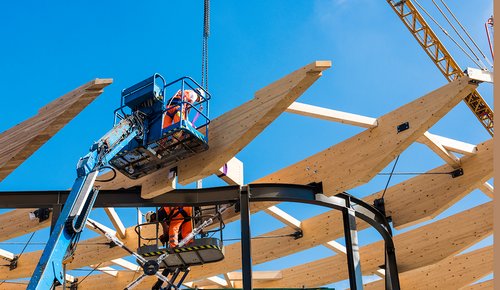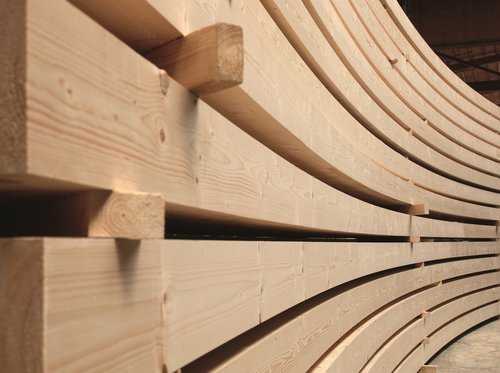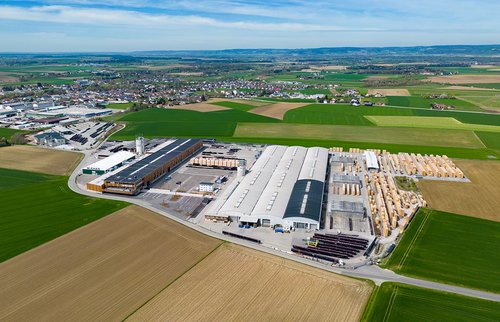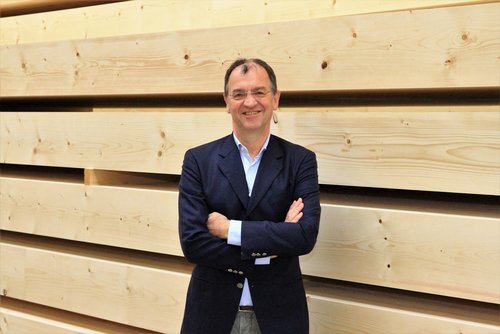
The Building Material
of the Future
Growing in Harmony with Nature
with Nature
Since 1849, our passion for timber construction has been deeply rooted in our company’s history and continues to shape our identity today. The forest is both our origin and our vision for the future, symbolizing growth and stability. We have always relied on wood and developed innovative solutions designed to last through generations.
For us, the forest is more than just a source of raw material; it is a living ecosystem that offers continuous renewal and sustainable development, much like the renewable material wood itself. In the forest, we see an inseparable connection between all elements, where every plant is part of a larger, vibrant system.
This perspective inspires and guides our work. We don’t just build structures; we create spaces where communities can thrive. Our projects are integrated into a comprehensive, living system where people, the environment, and architecture work together harmoniously, enriching one another. This way, we grow together, in harmony with our surroundings and our future.
Timber Construction
for a Sustainable Future
When it comes to global climate goals, it's crucial for the construction industry to acknowledge and act on its responsibilities. Real estate development requires a forward-thinking approach in planning and design, as decisions made today will impact 2030 and beyond. Solid wood from sustainable sources, which can be circularly reused, proves to be one of the most effective solutions for reducing greenhouse gas emissions in construction.
As a global leader in solid wood construction and technology, WIEHAG is committed to contributing to emission reductions in the building sector and supporting a sustainable future for the industry.
In our role as project partners, we bring our expertise and experience into a collaborative planning process. We support architects and developers in creating sustainable buildings through the use of solid wood. With 175 years of industry experience and ongoing collaboration with academic institutions, WIEHAG continues to lead and set standards for increased wood use in the building ecosystem.
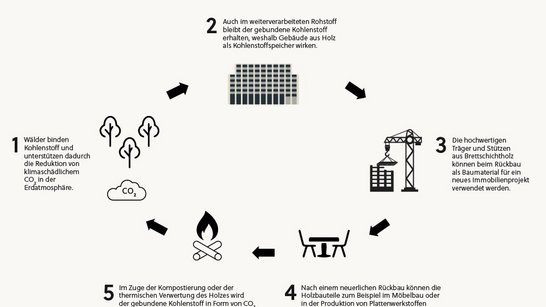
What is
an EPD?
An Environmental Product Declaration (EPD) provides an objective and neutral overview of a product's environmental impact throughout its entire lifecycle. It details how a product affects the environment, considering all stages from production to disposal.
In construction, EPDs are crucial for professionals like architects and planners as they form a key basis for holistic building design and evaluation. It's important to recognize that the environmental friendliness, resource efficiency, and sustainability of a construction product depend significantly on its context and how it is used within the building.
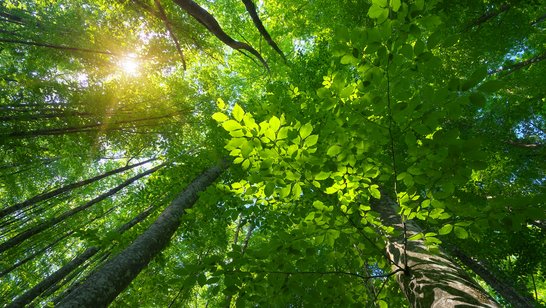
Successful
MRPI-EPD Certification
WIEHAG has successfully achieved MRPI-EPD certification for the Dutch market. The MRPI-EPD (Environmental Product Declaration) is an independent certification that evaluates the environmental performance of construction products based on life cycle assessments. This certification confirms that our timber construction solutions meet the stringent sustainability and environmental standards in the Netherlands, highlighting our commitment to environmentally responsible building practices.
![[Translate to Englisch:] Schnittholzstapel](/fileadmin/_processed_/b/5/csm_piles-of-wood-concept-of-lumber-forestry-energy-2023-11-27-04-50-36-utc_fef5759dd6.jpg)
WIEHAG listedin the NMD
In addition to the IBU-EPD and MRPI-EPD certifications, WIEHAG is also listed in the National Milieu Database (NMD). This inclusion confirms that our glued laminated timber products are featured in the Environmental Database, which provides comprehensive environmental information on construction products. The NMD listing helps architects, planners, and builders select eco-friendly materials for sustainable construction projects. Our presence in this database highlights our commitment to transparent environmental assessment and sustainable building practices.
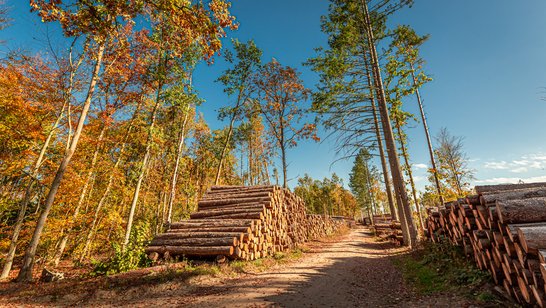
Life Cycle Assessments
for Building Products
EPDs are based on comprehensive life cycle assessments (LCAs) for building products, which analyze their environmental impacts from raw material extraction through to the finished product. This includes related processes such as packaging and transportation, as well as product life stages like use, recycling, and disposal.
LCAs provide detailed insights into various environmental factors, including greenhouse gas emissions, acid rain, smog formation, resource consumption, and recycling rates. These details are available in EPDs and allow for a thorough evaluation of the environmental impacts of building products, supporting sustainable solutions.
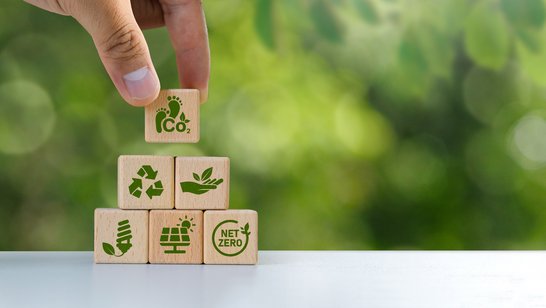
Eco-Logical Comparison
The life cycle assessment of a building includes the life cycle assessments of the construction products and materials used, as well as the energy consumption during its operational phase. This allows for the calculation of the building's environmental impact throughout its entire lifecycle, from material production and construction to deconstruction.
Conducting a life cycle assessment during the design phase enables the ecological comparison of materials and concepts, helping to optimize the building. While direct product comparisons may not always be useful, they are crucial within the framework of building life cycle assessments for creating sustainable structures. Therefore, some certification systems for sustainable buildings require life cycle assessments (e.g., the German Sustainable Building Council).

The Growing Importance of EPDs
for Sustainable Construction
The environmental impacts of a building over its lifecycle are primarily divided into two phases: the operational phase and the construction phase, which includes material extraction and production. As buildings become increasingly energy-efficient, their overall energy demand decreases, shifting the proportional distribution of environmental impacts between these phases.



